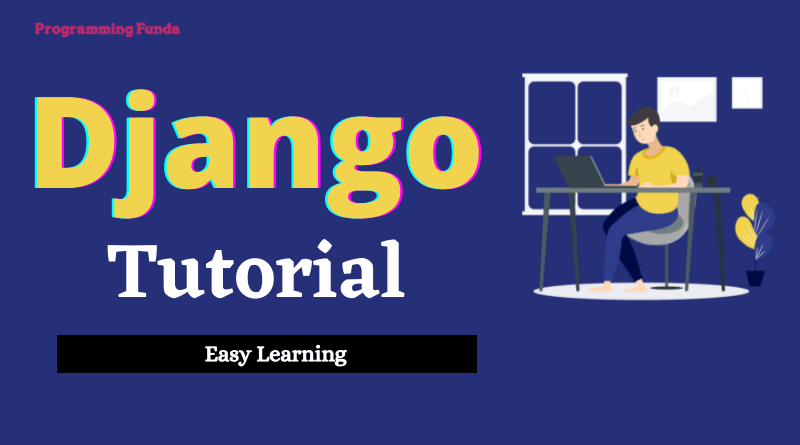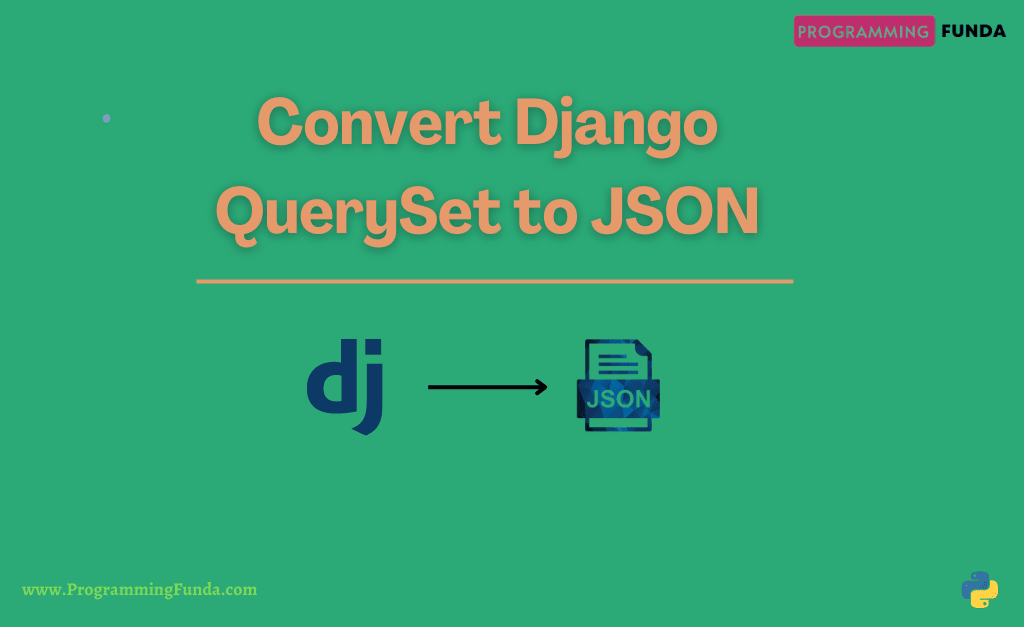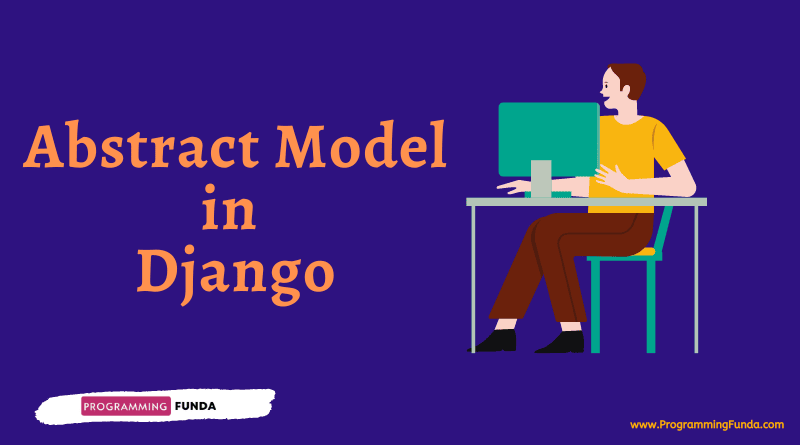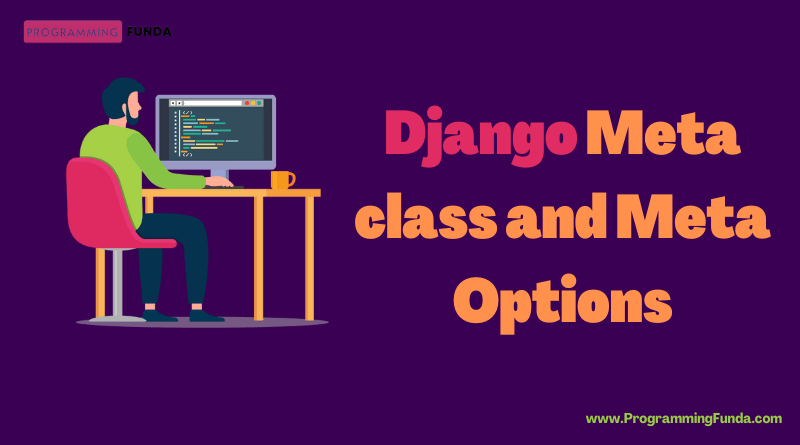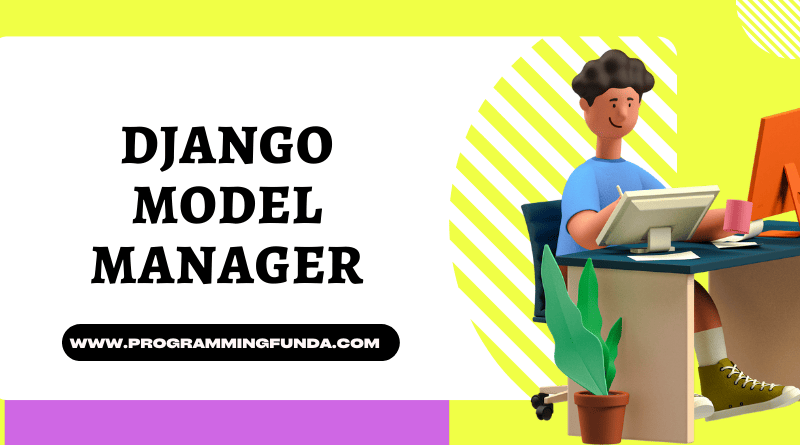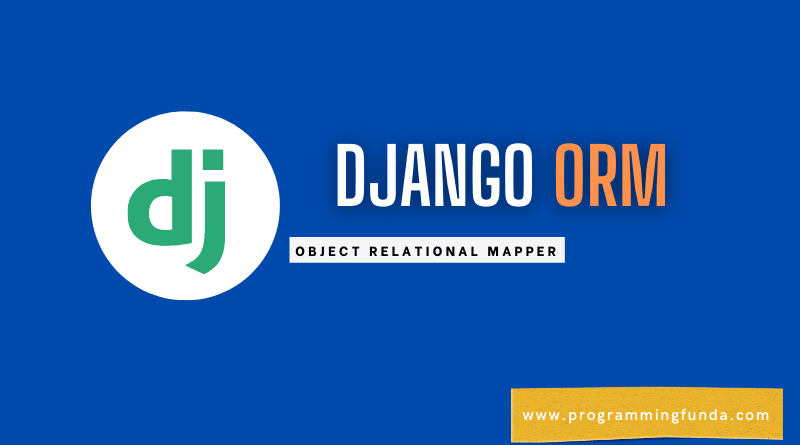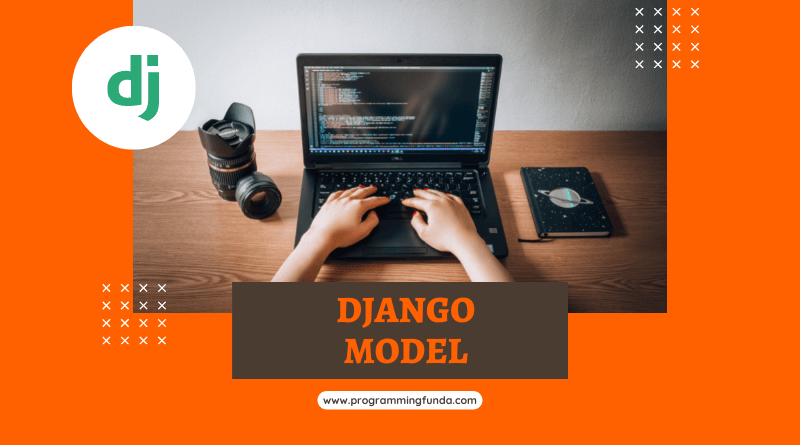Today, I am going to start Django tutorial from basic to advanced level. This is going to be the best Django tutorial for beginners and advanced. In this tutorial, you will learn the introduction of the Django web framework and its usage.
Before we going throught this Django tutorial, first we have to know a little bit about the web framework so that you can easily understand what is exactly is Django.
Headings of Contents
What is Web Framework?
A web framework is a software framework that is designed to support the development of web applications including web services, web resources, and web APIs.
A web framework provides a standard way to develop a web application and deploy it on the World Wide Web ( WWW ).
In simple words, A web framework is a software application or a piece of software that allows developers to create and run the web application and this application might be simple or complex.
What is a Python web framework?
A Python web framework is a collection of Python modules and Python packages that allows Python developers to create and run web applications on WWW ( World Wide Web ).
Django, Flask, FastAPI, etc are the best examples of Python web frameworks.
Let’s understand Django
What is Django?
Django is a high-level Python web framework that provides a facility to develop a rapid web application and also provides a pragmatic design.
It is a high-level web framework that allows you to develop a rapid application. The main goal of this framework is to create a complex database-driven application.
Python Django web framework follows Model View Template ( MVT ) software design pattern and is maintained by DSF ( Django Software Foundation ).
Django web framework was firstly introduced on 21 July 2005 and it is completely written in Python programming that’s why you must have knowledge of Python programming language.
Why learn Django Framework?
There are some important points to learning the Django web framework.
- Django is an open-source web framework.
- Django is easy to set up and run.
- Django provides a ready-to-use user interface for administrative activities.
- It enables multilingual websites by using its built-in internationalization system.
- Django provides you with to end application testing.
- Django provides a facility to develop all types of content management systems, social networks as well as a scientific computing platform.
- REST Framework has rich support for several authentication protocols.
- Django helps you to document your API with an HTML output.
Features of Django Web Framework
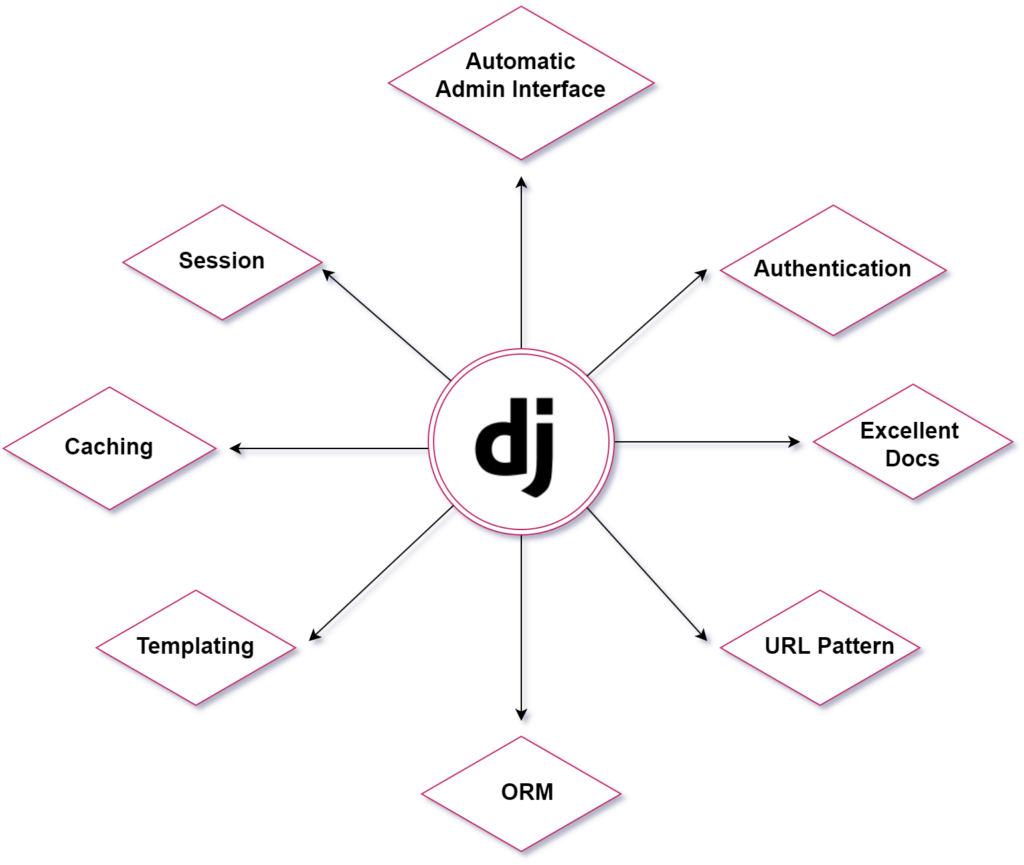
Django provides various awesome features that make Django a more interesting and powerful web framework rather than others.
- Excellent Documentation:- This is of the major features of Django. Easy and powerful documentation system.
- Django provides a pattern for the URLs system.
- Django provides an automatic admin interface for adding, editing, and deleting items.
- Built-in authentication system.
- Caching:- Various caching mechanism
- Session
- Built-in ORM ( Object Relation Mapping ) System.
- Templating – Django Template Language
Django Architecture: MVC and MVT Pattern
MVC Pattern
MVC stands for Model View Controller ). Model View Controller is a software design pattern that is used to develop a user interface that divides the related programs and logic into three interconnected elements.
- The Model defines the data structure and cares for querying the database.
- The View defines what should be presented and returned by HTTP Response.
- The Controller is the part that handles the user interaction.
Django MVT Pattern
MVT stands for Model View Template. The Model-View-Template is a software design pattern that defer from Model-View-Controller.
The main difference between these two architectural parts is that Django manages the controller part
itself. The Template is an HTML file that contains Django template Language which is also called DTL ( Django Template Language ).
Components of Django
These are the components that involve in a Django application.
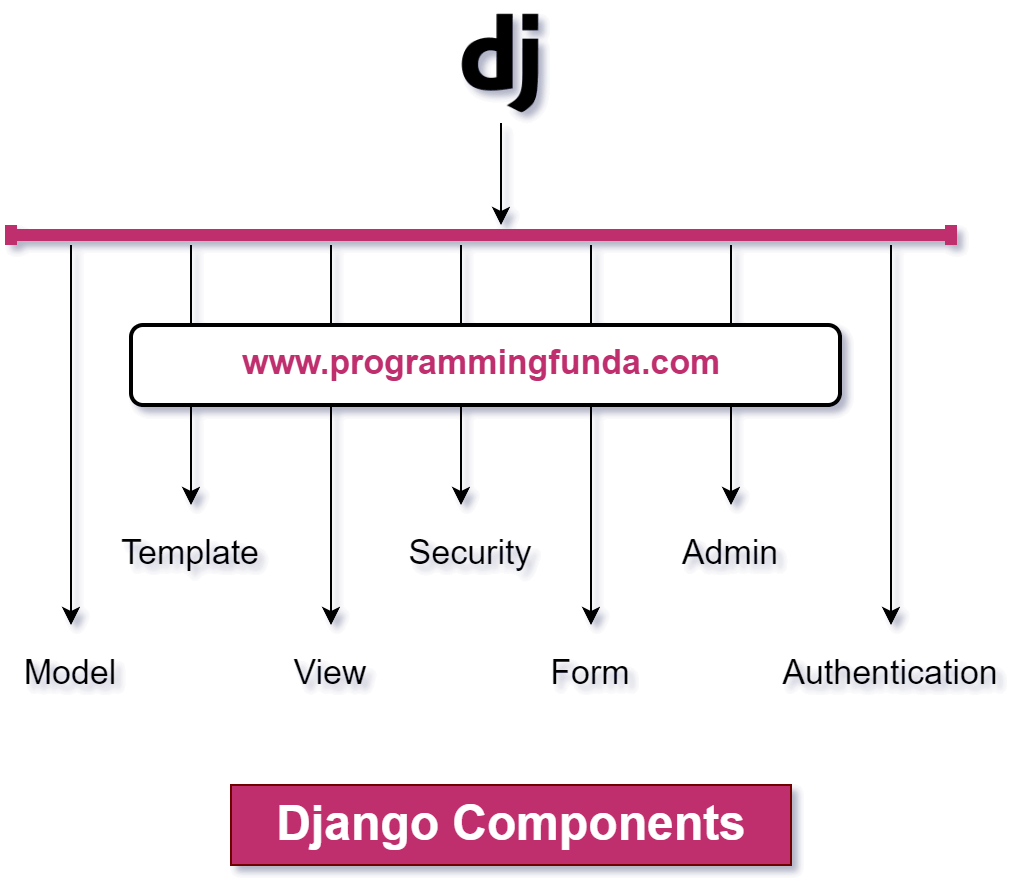
Model
Django model is a place where we defined all the Database table and their columns in the form of Python class and their properties. Here class name represents the name of the table and the class’s properties represent the column of the database.
Basically, Django uses ORM ( Object Relation Mapping ) to interact with the database.
View
The view is the place where can write our application business logic. The view is responsible for interacting with the template and model of the application.
Template
The template is completely handled for the user interface ( UI ) Part. What data should be visible to the user or not?
Form
Django provides a powerful form library that helps you render HTML form with validation and convert it into python types.
Admin
Django provides a rapid user interface that is used to manage the content of your system.
Authentication
It handles user accounts, groups, cookies-based user sessions, etc.
Security
These are the securities that are used in Django applications.
- Cross-Site Request Forgery (CSRF)
- Cross-site scripting
- SQL injection
- Clickjacking
- Remote code execution
Famous Companies using Django
These are companies that are using the Python Django web framework in their software stack. Except for these companies, Much more companies are also using in Django web framework.
- NASA
- DISQUS
- Mozilla
- Bigbasket
- Udemy
- Spotify
- Bitbucket
Django Tutorials Index
Conclusion
So in this article, we have seen all about Python Django Introduction and some points about Django that make Django the most loved web framework. If you are a Python developer and decide to learn Django then this is your best decision because Django is one of the most useful and powerful web applications nowadays and most companies used Django.
There is a lot of functionality already available in Django so you don’t need to give extra effort. You have to focus on writing your application code Django will manage all this automatically.
If you like this Best Django Tutorial free for Beginners and advanced, Please support Programming Funda so that we motivate them for making lots of tutorials.
Thanks for your valuable time ….

